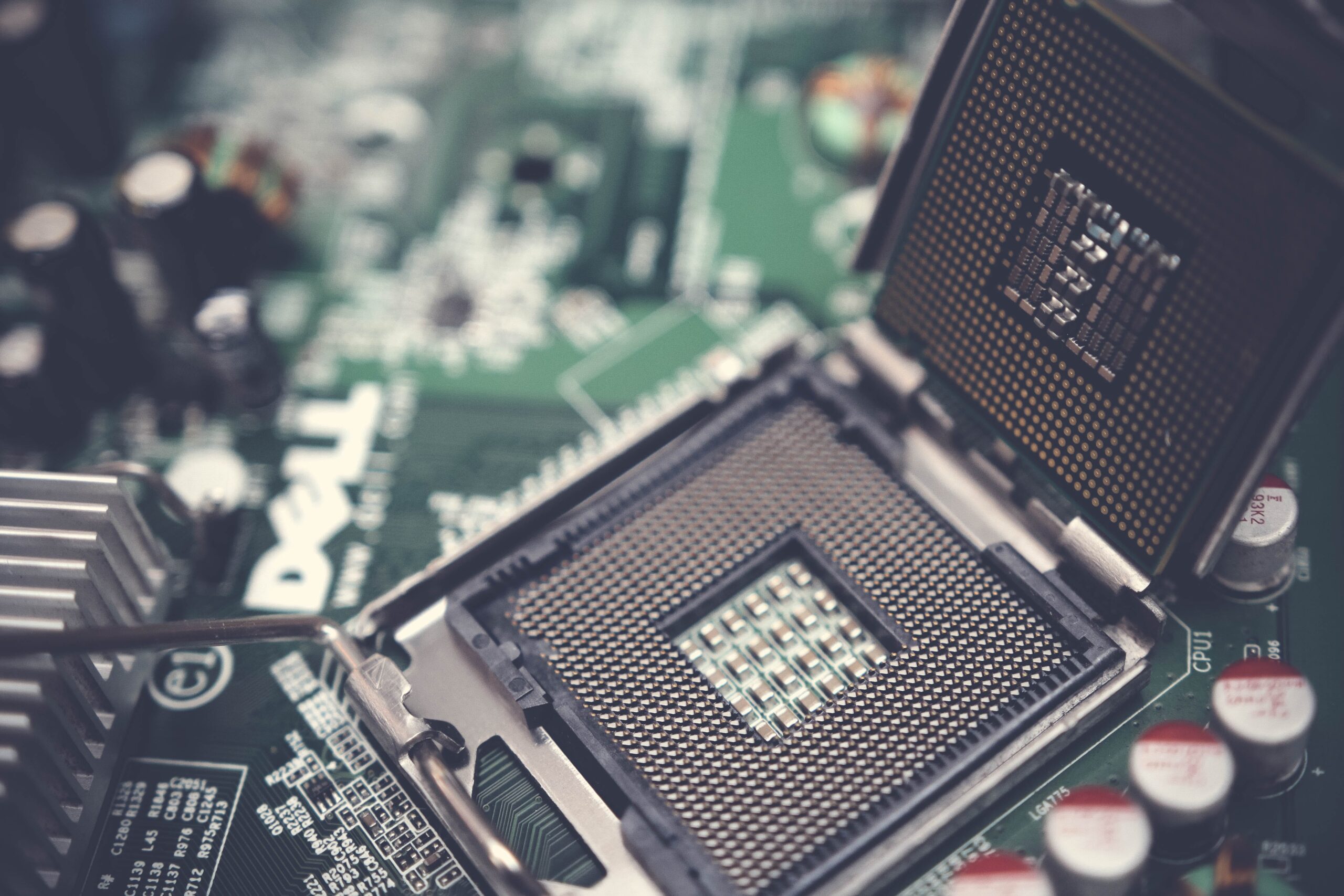Semiconductor Manufacturing International Corporation (SMIC) has been making significant strides in the semiconductor industry and has aspirations to become a global player. However, the landscape of the semiconductor industry is complex and competitive, with several established players dominating the market.
SMIC, being a major semiconductor foundry based in China, has invested heavily in research and development to enhance its manufacturing capabilities. The company has been working on advancing its process technologies, including the development of smaller nanometer nodes, to compete with other leading semiconductor manufacturers globally.
Several factors can influence whether SMIC achieves its goal of becoming a global player:
- Technological Advancements: Continued investment in research and development is crucial for SMIC to stay competitive in terms of technological capabilities. Advancements in semiconductor manufacturing processes, such as achieving smaller nanometer nodes, are essential for meeting industry demands.
- Market Acceptance: The acceptance of SMIC’s products and services on a global scale is vital. Building trust among international customers and addressing concerns related to security, quality, and reliability are key factors in expanding market share.
- Geopolitical Factors: The semiconductor industry is often influenced by geopolitical factors, trade policies, and regulations. Changes in international relations can impact the ability of companies like SMIC to operate on a global scale.
- Competition: The semiconductor industry is highly competitive, with major players such as TSMC, Intel, and Samsung dominating the market. SMIC faces competition not only in technological advancements but also in attracting and retaining key talent.
- Supply Chain Resilience: The industry’s ability to navigate challenges related to supply chain disruptions and global economic conditions can affect the success of semiconductor companies, including SMIC.
It’s worth noting that developments in the industry can occur rapidly, and the status of companies may change over time.
Recent advancements by smic
In the current year, SMIC made headlines by initiating mass production of Huawei’s HiSilicon Kirin 9000S processor, employing its second-gen 7nm process technology. However, it appears that the company has another significant development in progress — a 5nm fabrication process either already in use for high-volume manufacturing (HVM) or in the final stages of development.
Huawei’s website now features a chip produced on a 5nm-class process node, specifically the eight-core Arm-based HiSilicon Kirin 9000C processor with Arm Mali-G78 graphics, designed for laptops. The Qingyun L540 laptop, as detailed on Huawei’s website, is stated to be “equipped with the Kirin 9006C chip, utilizing a 5nm process technology, eight cores, with a maximum clock speed of up to 3.13 GHz, offering higher performance, lower power consumption, and faster processing speeds.”
The general-purpose cores of the Kirin 9006C are listed with a clock speed of up to 3.13 GHz, slightly below the frequencies achievable with the original TSMC N5 process technology by TSMC and Apple (the maximum frequency for Apple’s M1 high-performance cores is 3.20 GHz).
Furthermore, the Kirin 9006C’s peak clock rate resembles that of another chip, the Kirin 9000, which TSMC produced for Huawei.
Challenges for SMIC
China’s largest chip manufacturer, SMIC, reported an 80% decline in third-quarter profit, attributing the sharp drop to the global weakness in demand that has significantly impacted foundries. The net income for the quarter ending in September plummeted by 80% compared to the same period the previous year, surpassing the 64% drop recorded in the second quarter of 2019, according to the company’s figures.
The third-quarter results for SMIC, also known as Semiconductor Manufacturing International Co., revealed revenue of $1.621 billion, slightly below the expected $1.625 billion. Similarly, the net income for this period was $93.98 million, falling considerably short of the analysts’ anticipated $165.1 million.
As China’s leading foundry, SMIC is crucial to Beijing’s ambitions of strengthening the domestic semiconductor industry and competing with global rivals such as Taiwan’s TSMC and South Korea’s Samsung. However, challenges persist, including restrictions imposed by the U.S. on China’s chipmaking technology and exports.
In its earnings call, SMIC addressed the high product inventory issue in the China market, stating that it has been mitigated, and the inventory has reached a relatively healthy level. However, the company noted that American and European customers continue to maintain historically high inventory levels.
The persistent downturn in demand for specific chips used in consumer products, particularly in memory, has significantly affected SMIC and its Asian counterparts, including TSMC and Samsung.




